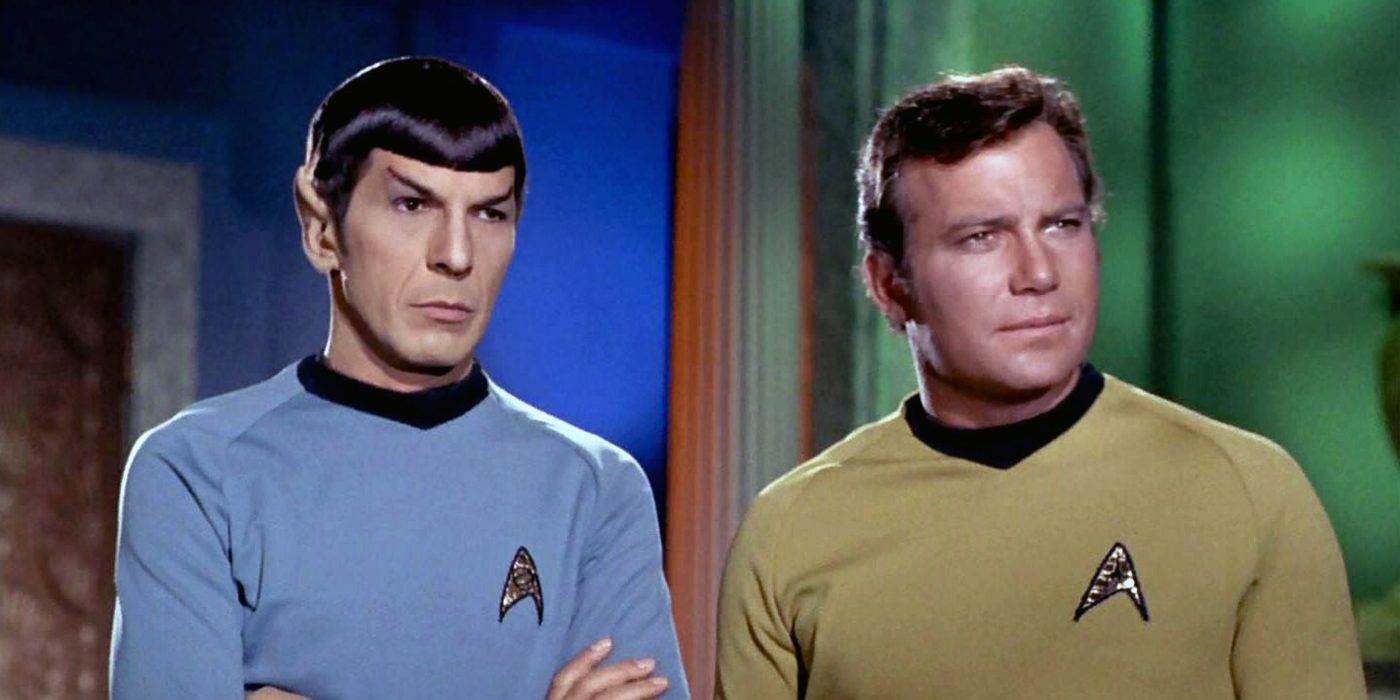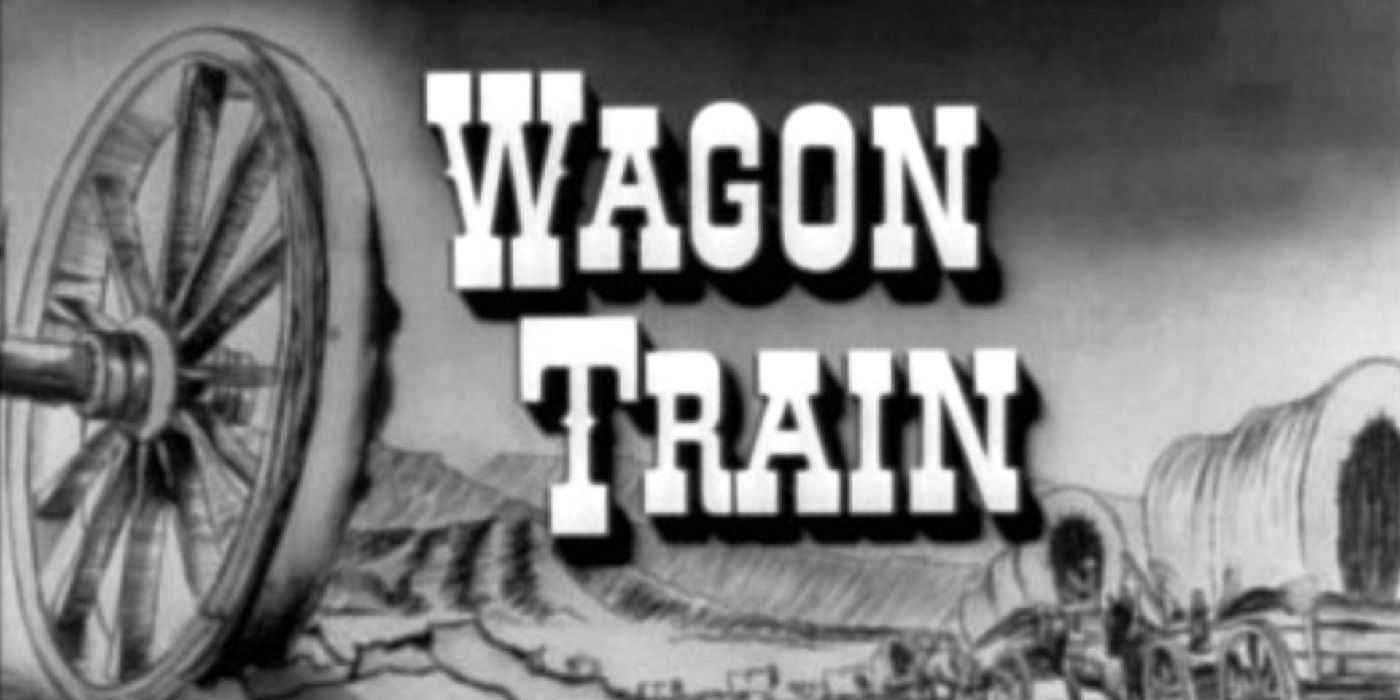“Wagon Train to the stars!” was part of Gene Roddenberry’s pitch for the original Star Trek. The phrase is likely better known now than the Western TV series that fostered it: a big hit that ran for eight seasons from 1957 to 1965. Roddenberry evoked it in part to suggest what a success Star Trek could be, but also to help the executives grasp what was, at that point, an extremely high concept notion.
Westerns and sci-fi space operas of the type embodied by Star Trek share the same pulp origins, flourishing in magazines and paperbacks of the early 20th century. Writers became very good at transposing plots and could easily rework tales of survival or conflict in a lawless environment between the two genres. Movie serials of the 1930s did much the same, using the same actors and sets to shoot a Flash Gordon serial one week and a showdown between outlaws and a sheriff’s posse the next. That trend continued into television where Roddenberry’s pitch took on the stuff of legend.
Both genres were huge on television in the 1950s and 60s, with dozens of shows running during that period. Westerns, however, had become a more respectable genre, with science fiction limited to kid-friendly Buck Rogers derivatives. Roddenberry made his name as a screenwriter on a Western: Have Gun – Will Travel, which won him a Writer’s Guild of America Award in 1957. Evoking Westerns in his Star Trek pitch made sense, considering the executives he was pitching to likely wanted to capitalize on his known strength. More importantly, it helped the network see that his sci-fi idea wasn’t just for kids.
As for Wagon Train, it fits the template for what Roddenberry wanted to do with his new project. It depicted a group of settlers traveling from Missouri to California, which allowed the writers to tell a wide variety of stories as the wagon train passed through different areas or crossed paths with new people. That mirrored Star Trek’s notion of a spaceship that travels from planet to planet, giving executives an instant notion of what Roddenberry had in mind.
It didn’t hurt that Wagon Train was a big hit at the time. Roddenberry first used the “Wagon Train to the stars” line during a pitch to Desilu Studios in early 1964. At that point, the Western had been on for seven seasons and consistently placed at the top of the Nielsen ratings. Its format attracted a number of high-profile guest stars who appeared for one episode without being tied down. They included such Hollywood luminaries as Bette Davis, Charles Laughton and Peter Lorre, as well as future Trek stars Leonard Nimoy and Ricardo Montalban.
There was a more subtle implication to Roddenberry’s pitch as well. Wagon Train was expensive for a TV Western, allowing it to shoot in nearby natural locations in the San Fernando Valley instead of on the studio lot and attracted A-list stars who demanded hefty salaries. Star Trek wouldn’t be cheap to produce, and Roddenberry’s commitment to his concept meant that production values and special effects needed to be as high as possible. Mentioning Wagon Train induced the network to think big -- and it worked.
NBC greenlit the show for an unprecedented two pilots, then produced it for the entirety of its now legendary three-year run. Roddenberry stayed true to his “Wagon Train to the stars” notion throughout, and the show deliberately evoked its Western influences every week by describing outer space as “the final frontier” in its opening credits. Subsequent Star Trek shows continued to honor that format.


